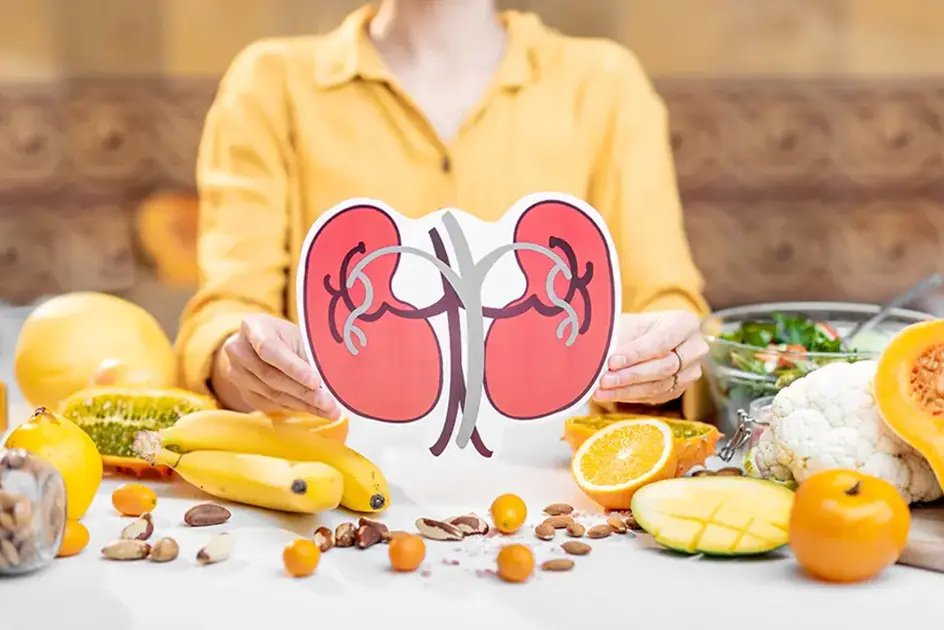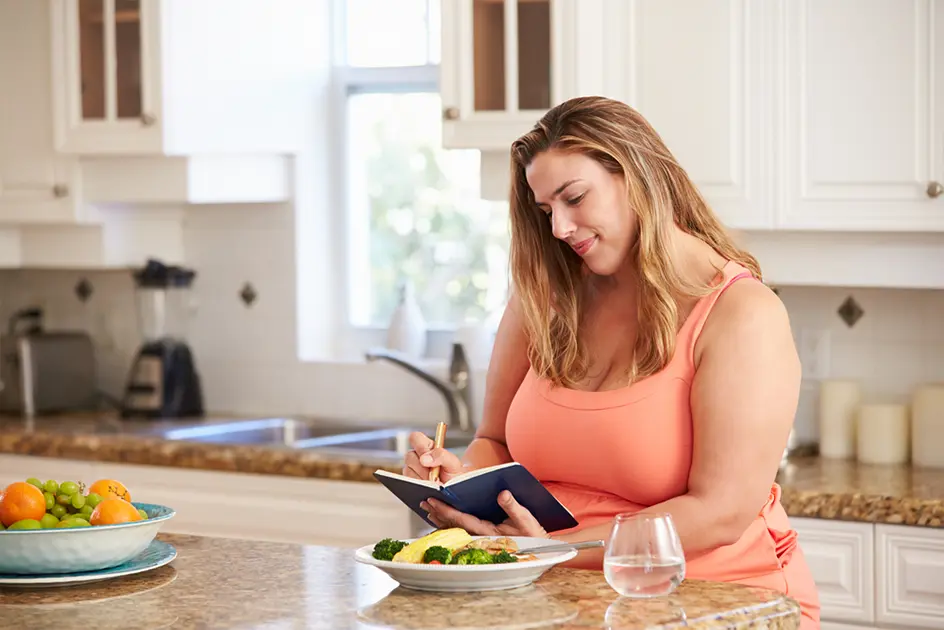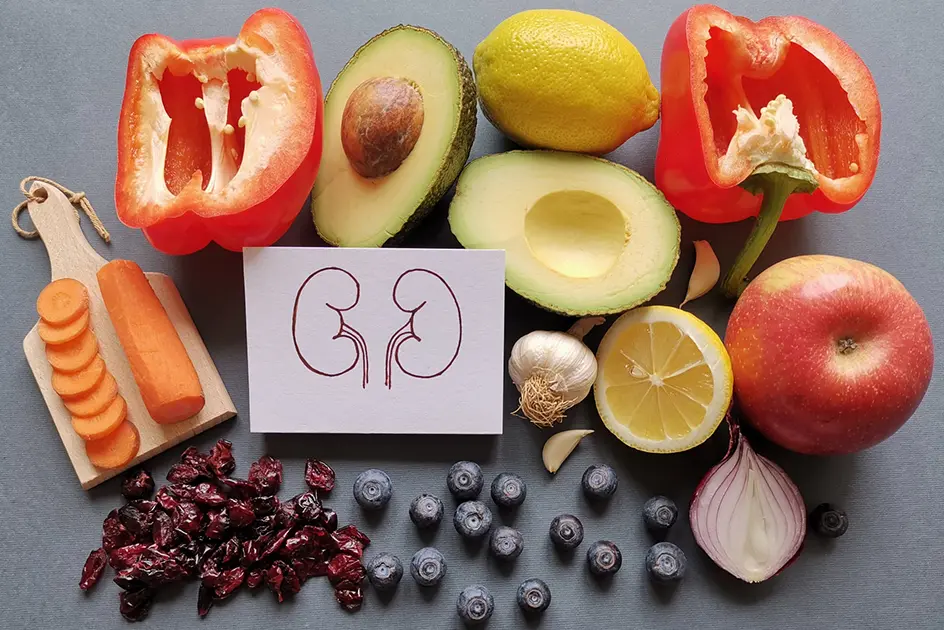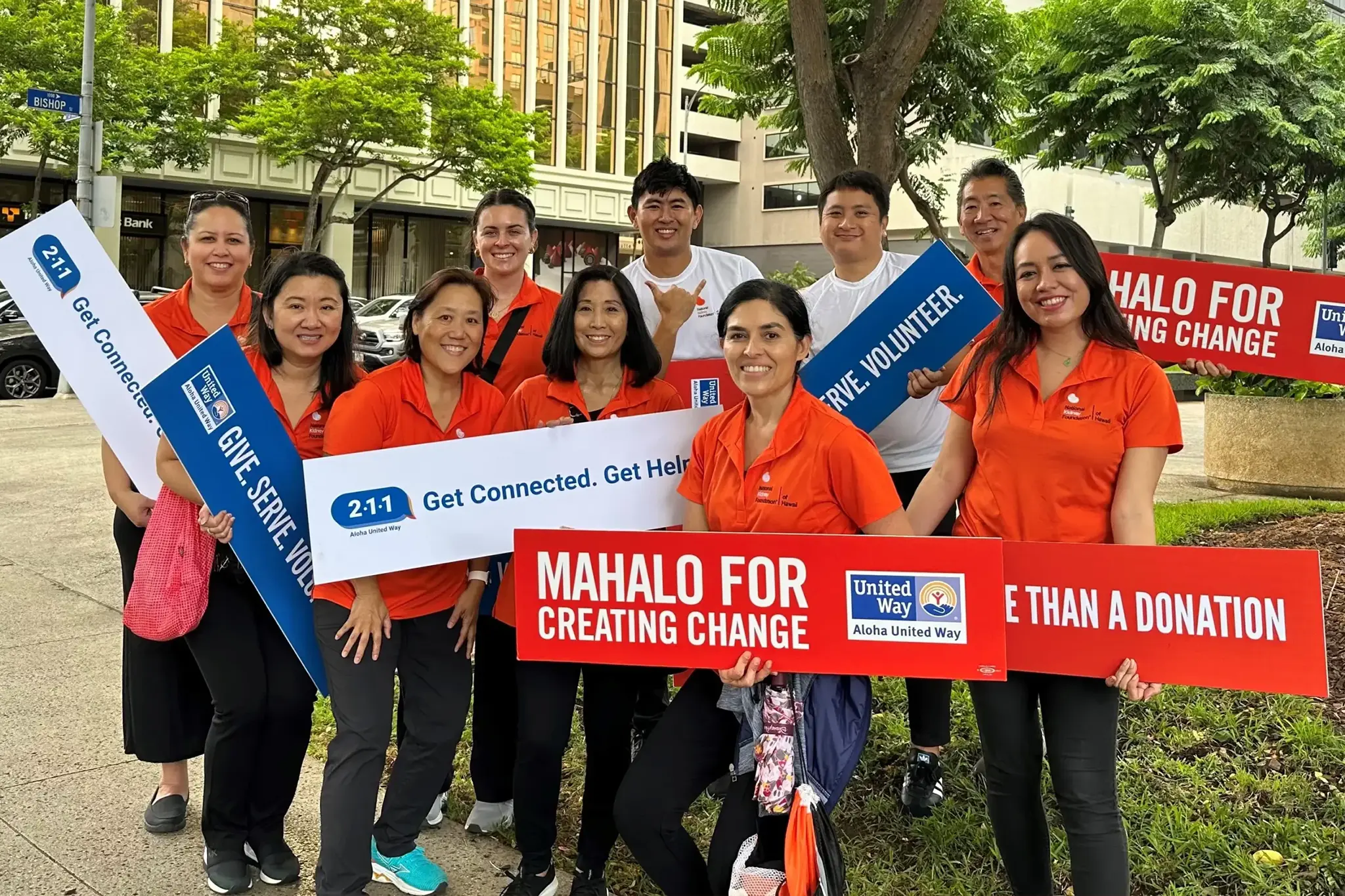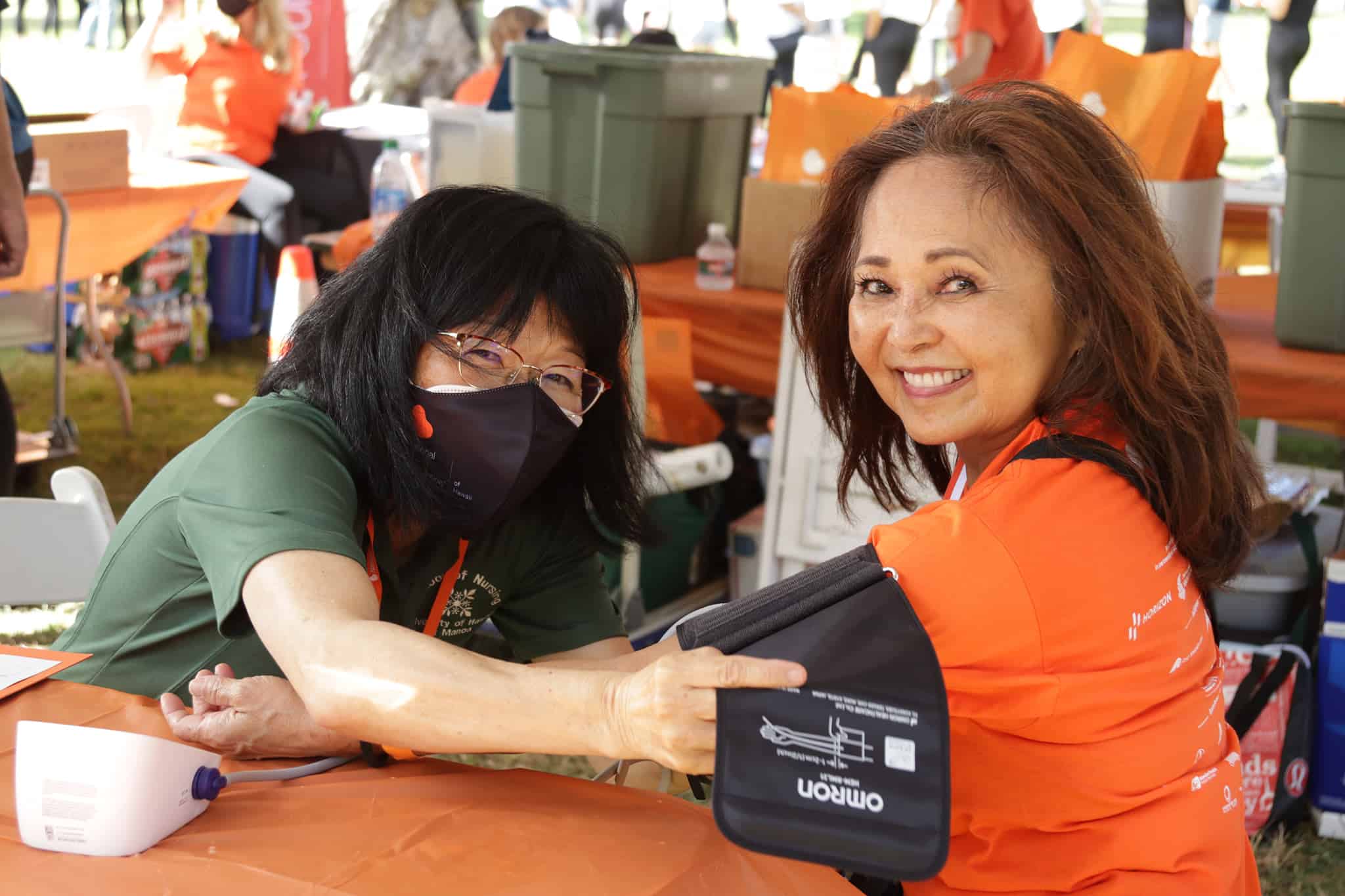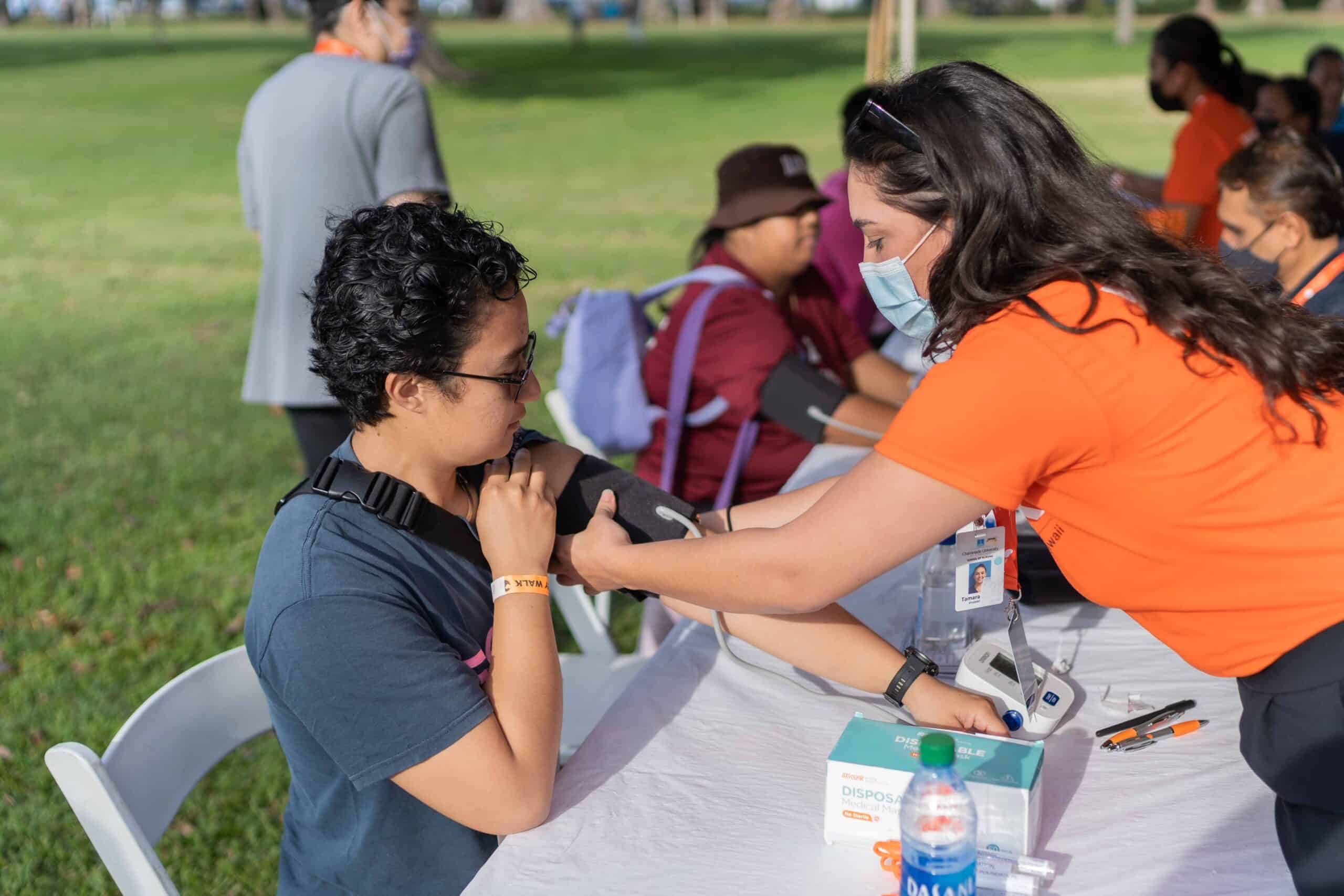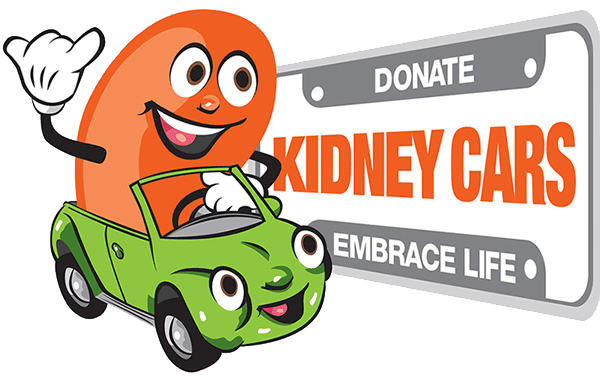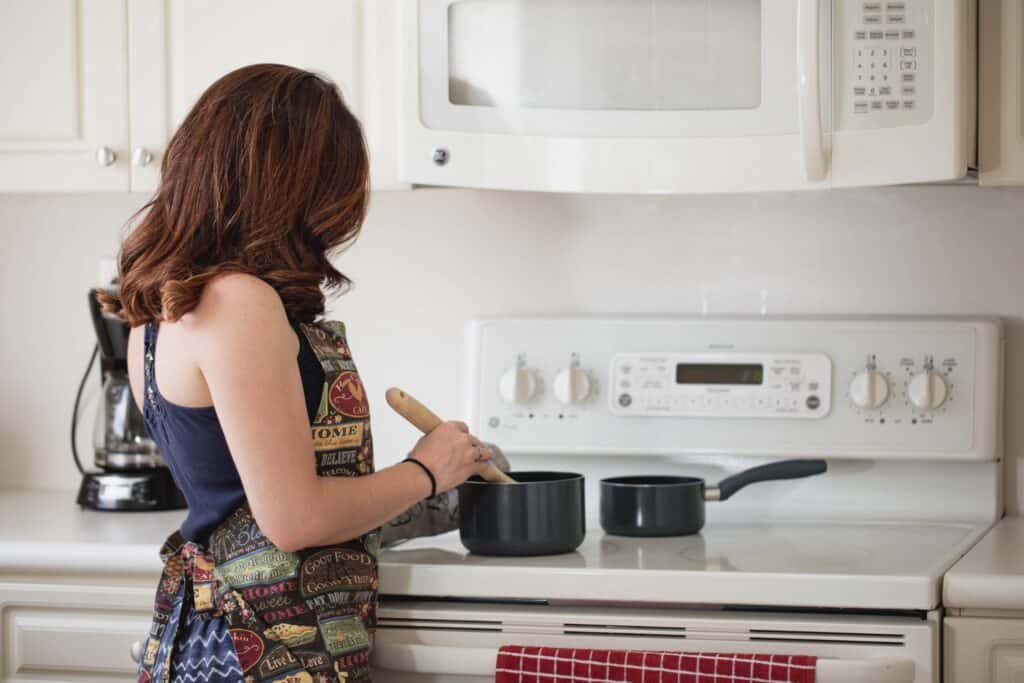Have you ever bought a kidney cookbook and found that there is nothing in there you would normally eat? If you are living with chronic kidney disease (CKD), you might wonder how you can make your own recipes more “kidney-friendly.” Good news! There are ways you can “kidney-fy” your favorite dishes with a bit of thoughtful planning! You don’t need to spend money on a kidney cookbook with recipes you’ll probably never make.
Recipe makeovers don’t have to be drastic. For example, you can always cut down on sugar, salt, or fat in a recipe. Look over your own recipes and think about what you can change to turn it into a kidney-friendly recipe. You may need to experiment a bit before you get the best result, but keeping your kidneys healthy for as long as possible is well worth the effort!
To make recipes healthier:
Sugar -> reduce sugar in a recipe by one-half or one-third, and instead add spices or herbs. For example, adding cinnamon, nutmeg, cloves, or vanilla extract can boost flavor and sweetness in a dessert.
Sodium -> you can make any dish using less salt than the recipe calls for. You can also add flavor by using things like pepper, curry powder, Italian herbs, Mrs. Dash, olive oil, lemon, onions, garlic, scallions, vinegar, unsalted butter, diluted shoyu (1:1 water), tahini, garam masala, cooking wine, pickled ginger, garlic or onion powder, lemon, lime, red or white wine vinegar, or low-sodium broth.
Fat -> you can cut fat in a recipe by using half the amount called for, by using cooking spray, by using water or broth for stir fries, or by replacing half the oil with applesauce in baked goods. Cooking without oil is also helpful, like baking, broiling, roasting, or air-frying.
Ways to kidney-fy your recipes:
Potassium -> replace whole wheat noodles with egg noodles, rice vermicelli, enriched pasta (spaghetti, fettuccine, linguine, penne, elbow), or white rice
- Leach potassium from vegetables. For example, for fresh potatoes, slice them into thin slices and boil them for at least 10 minutes to cut the potassium in half. Keep in mind that soaking and blanching vegetables will remove some vitamins.
Phosphorus -> use nondairy foods and beverages. Phosphorus is not removed as easily as potassium from foods, so soaking is not as helpful. There is one study that showed soaking beans in water and cooking them in oil can remove some phosphorus.
In the past, liquid nondairy creamers were used as a low-phosphorus milk alternative. Unfortunately, the phosphate and potassium additives in many new nondairy creamers has changed the recommendation to not include them in a kidney-friendly diet.
Here are some comparisons between cow milk and alternatives:
|
Cow Milk 2% for comparison (8 fl oz) |
230 mg Potassium |
400 mg Phosphorus |
|
Silk Coconut Milk (8 fl oz) |
0 mg Potassium |
45 mg Phosphorus |
|
Almond Breeze Original Flavor (8 fl oz) |
20 mg Potassium |
180 mg Phosphorus |
|
Silk Soy Milk Original Flavor (8 fl oz) |
80 mg Potassium |
380 mg Phosphorus |
|
Rice Dream classic Original and Vanilla (not fortified) (8 fl oz) |
30 mg Potassium |
30 mg Phosphorus |
Food manufacturers may change the ingredients in their products without notice, so the best way to get current nutrition information is to look at the Nutrition Facts label on each item you cook with. The new food label does provide potassium information, which will be helpful to kidney patients.
There is a healthy way to fit in all your favorites into a kidney-friendly diet. A registered renal dietitian can answer your questions about specific recipes.
This information is meant to be used as a resource and is not meant to replace medical advice. For more information, contact programs@kidneyhi.org.
References:
https://www.davita.com/diet-nutrition/articles/basics/lowering-potassium-in-potatoes
https://www.kidney.org/newsletter/choosing-right-breakfast-cereal-ckd

